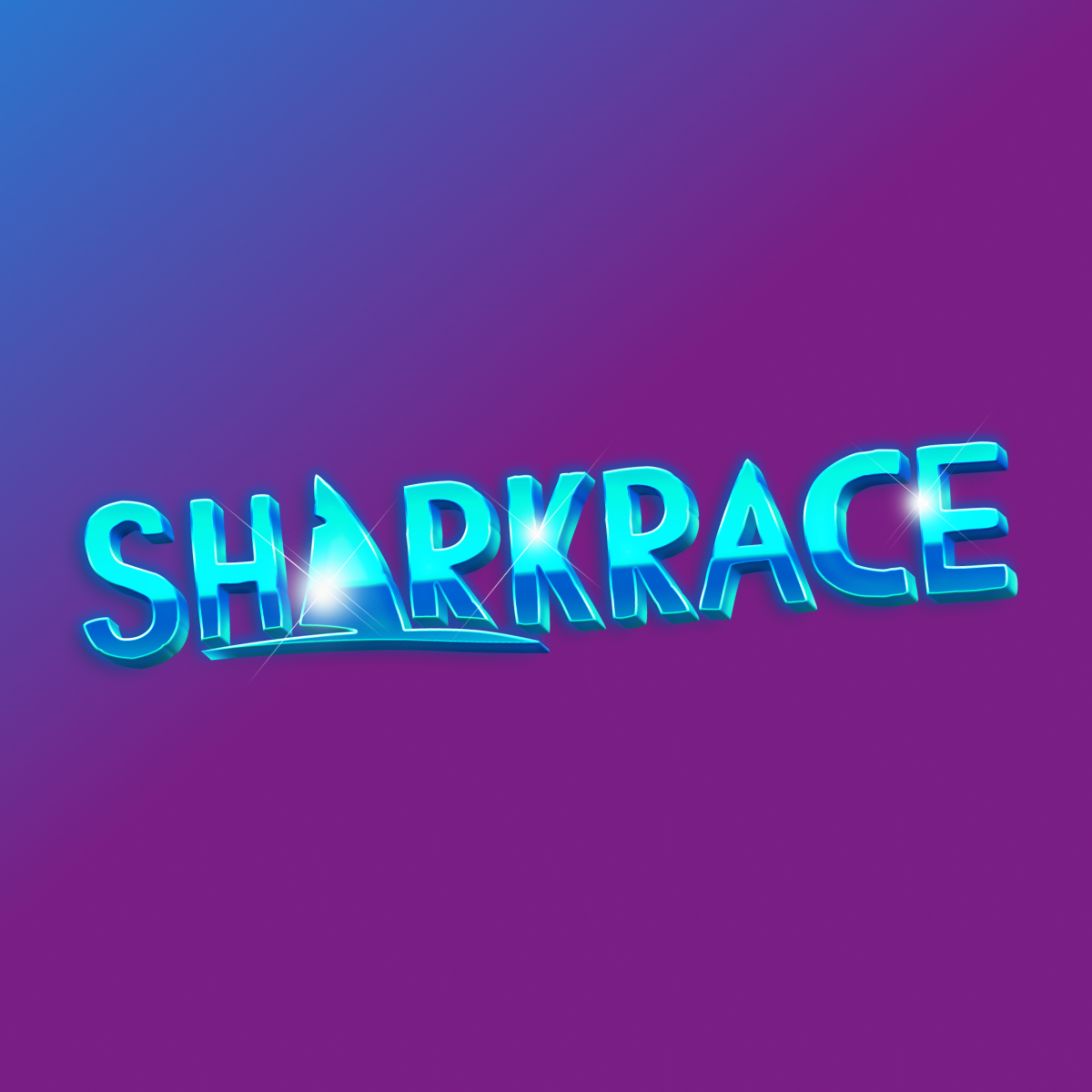(1/100) Crypto Countdown: Golem
Aug 23, 2018

Join the first NFT project with play-to-earn games and a rarity boost. Set up a rare NFT yourself and earn money.
Join the first NFT project with play-to-earn games and a rarity boost. Set up a rare NFT yourself and earn money.